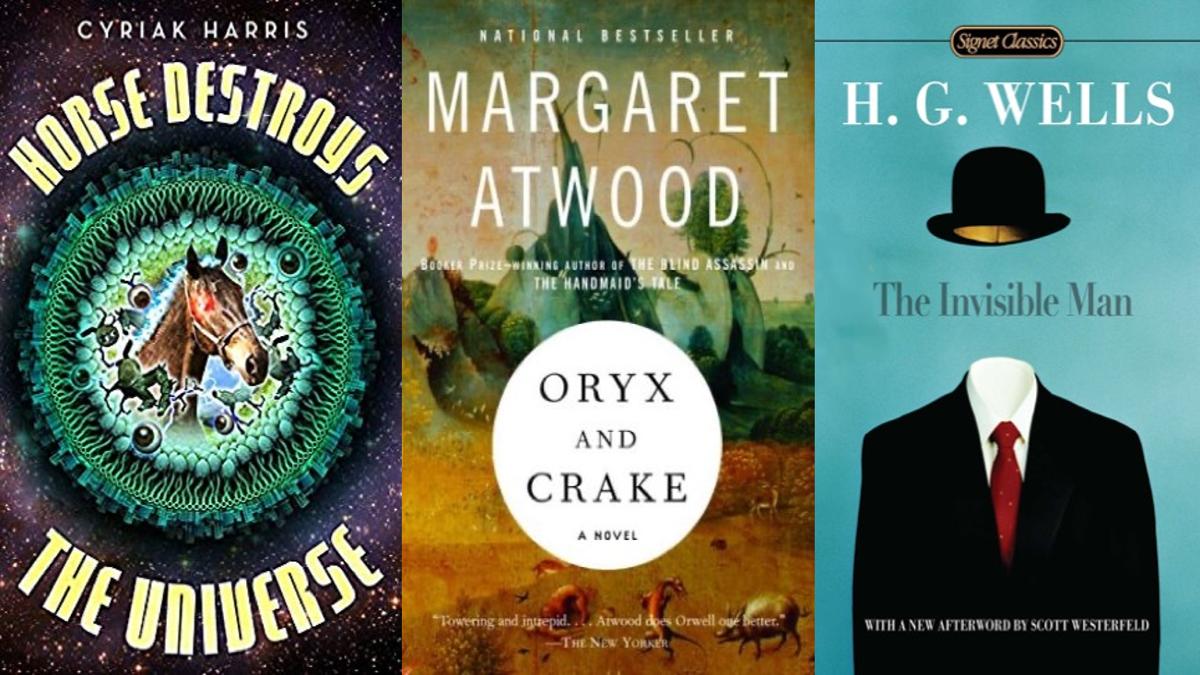
EUREKA! I’ve done it! After decades of research and mountains of dug-up corpses, I’ve finally engineered the perfect sci-fi book list about mad scientists! When the denizens of the internet read it, they will be assured of my god-like genius, and allow me unfettered access the World Wide Web in their worship! Governments shall fall under my control! Bank accounts will be mine for the taking! Netflix subscriptions shall be laid open for me to enjoy! I’ll rule the planet! And then, the universe! And you, dear reader, my honorary assistant, will help me do it. So please, feast your eyes on my magnum opus: a list of the 10 greatest sci-fi books featuring mad scientists, written by the greatest genius of all: me.
Nona The Ninth

While Tamsyn Muir’s Nona The Ninth doesn’t appear to be very mad science-y on the surface, peer back the dark fantasy veil and you’ll find the undercurrent of scientific insanity crackling beneath. Warning, massive spoilers to follow. Nona The Ninth is the third book of Muir’s Locked Tomb series, and details how a galaxy controlling undead emperor rose to power with “necromancy” – which, in this universe, is just another word for science! Before John Gaius became The Emperor Undying, the ruler of a necromantic planetary dynasty in the far future, he was a simple Earth scientist from New Zealand. While trying to figure out global evacuation plan for a climate ravaged planet, John’s experiments in cryogenics accidentally granted him the ability to raise the dead. As world governments began to take notice and cultists start calling him “God,” things only got madder from there.
Frankenstein

The original mad scientist tale, Mary Shelley’s Frankenstein not only served as the birth of the trope, but the blueprint for the sci-fi genre itself. An interpretation of Paradise Lost, Mary Shelley’s novel deals with the consequences of creation, and the rebellion of the created. Victor Frankenstein’s effort to create life through stitched together corpses is permanently embedded into pop culture consciousness, many forget that Frankenstein’s monster was also an equally mad genius! Unlike his groaning Hollywood counterpart, the monster is a deep thinker looking for his place in the world. Taking after his creator, the monster views the world as his own experiment to tamper with – with often fatal consequences. The sins of the father are passed down to his freaky corpse son – and the world suffers for it.
The Mad Scientist’s Guide To World Domination
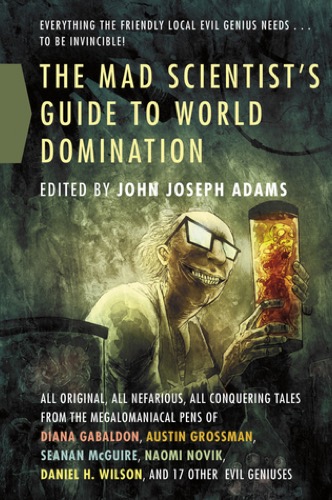
Finally, a no-nonsense guide for taking over the world with sound mad-scientific principles. The Mad Scientist’s Guide To World Domination is an anthology of short stories edited by John Joseph Adams, featuring contributions from the most insanely ingenious sci-fi and fantasy thinkers. Authors including Outlander‘s Diana Gabaldon, His Majesty’s Dragon‘s Naomi Novik, Every Heart A Doorway‘s Seanan McGuire come together to tell a collection of tales written from a bonkers intellectual’s point of view. For fledgling mad scientists looking for world domination inspiration, this anthology is a treasure trove of harebrained ideas that are just crazy enough to work! 10 pages in, and you’ll be cooking up your own psychopathic schemes in no time!
The Great God Pan

One of the original cosmic horror tales, Arthur Machen’s The Great God Pan is a thing of mad-scientific beauty. The mad scientist in this story is attempting to enter into the spiritual world. Through relaxing meditation? No, you fool! Through horrifying brain experiments on living patients! Turning the Hipoocratic Oath into the “Hipoocratic Suggestion,” the mad doctor performs ethically dubious brain surgery on a young woman in order for her to glimpse “the other side.” Like many mad experiments, it fails spectacularly… or did it? While the poor young woman is left a shell, her unborn child was given otherworldly powers beyond mortal comprehension. After a string of cosmically horrible murders rocks society decades later, the scientist realizes that while he may have given up on finding “The Great God Pan,” Pan hasn’t given up on him.
Oryx and Crake
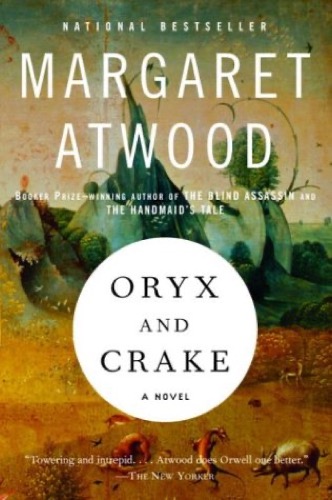
Oryx and Crake by Margaret Atwood is a modern mad scientist tale – featuring one of the finest fractured minds in the business. Arthur Crake is a geneticist living in a near-future dystopia, who contributions to failing society include animal chimeras and bio-weapons designed for corporate use. But those are just the experiments that Crake uses to pay the bills – his true mad scientist passion project is creating post-human beings meant to replace the human race. Like any self-respecting mad scientist, he names his creations after himself – and pledges that the world will soon be dominated by “Crakers.” This mad science story distinguishes itself from the others on this list due to the fact that Crake’s experiment is a total success. Crakers end up inheriting the world – or what’s left after Crake himself personally ended it.
The Invisible Man
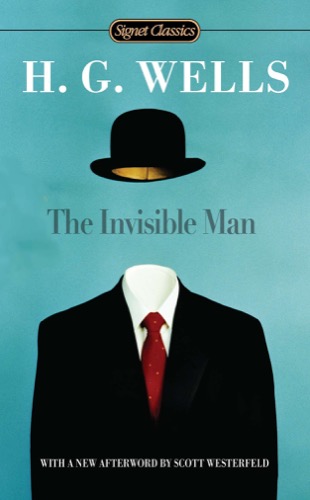
Another mad science classic, H.G. Wells The Invisible Man is the story of a man who, spoiler alert, can turn himself invisible. The problem? He can’t seem to figure out how to become visible again. The scientist Griffin used a chemical concoction to permanently alter his appearance into non-appearance, but like The Joker after falling into a chemical vat, Griffin was rendered utterly insane in the process. Now an invisible menace, Griffin means to use his ability to terrorize the world. The first victims of his self-proclaimed “Reign of Terror”? Anyone who attempts to bring him to justice. The brilliance of the novel lies in its simplicity. No death rays, no undead monsters, no mind control devices – just one man with the ability to remain unnoticed, and wreak unseen havoc.
The Lathe of Heaven
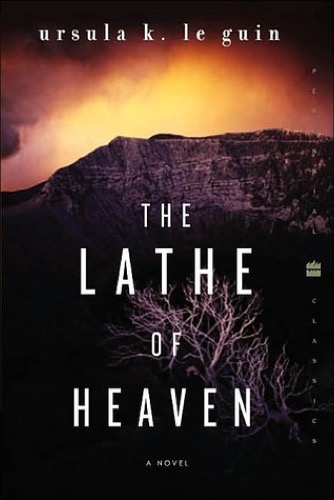
The Lathe of Heaven by Ursula K. Le Guin isn’t about a mad scientist per se, but it is about an intellectual who makes some wonderfully whacked out decisions. Dr. William Haber is a psychiatrist with a curious new patient: George Orr has the ability to alter reality with his dreams. Rather than let sleeping dogs lie, Haber attempts to manipulate Orr’s dreams to change the world into a utopia, with unsurprisingly dystopian consequences . When Orr’s dreams to create peace on Earth and end cancer result in alien invasions and widespread euthanasia respectively, Orr himself begins to wonder if Haber’s therapeutic advice is better left ignored. The path to Hell is paved with good intentions, and Orr isn’t sure if Haber ever had those to begin with.
Horse Destroys The Universe
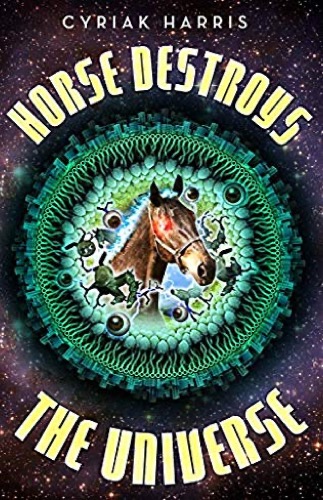
On the mad science scale, Cyriak Harris’s Horse Destroys The Universe is a twelve out of ten. The story begins with Buttercup, an average horse whose only desires include romping in fields and eating grass. After Buttercup’s neurologist owners Betty and Tim begin conducting experiments on his brain in an effort to make him conscious, they’re shocked to discover that Buttercup has been mucking about with mad science of his own. Elevated to god-like levels of genius through neural implants, Buttercup works to take over the world to ensure his greatest desire: to be able to prance in meadows forever. If that means Buttercup has to create a pocket universe full of open fields that will someday destroy our own, then that’s exactly what Buttercup is gonna do – unless humanity stops him.
Perdido Street Station
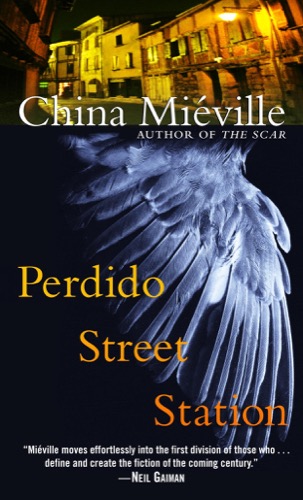
While technically shelved as a work of fantasy, China Miéville’s Perdido Street Station features more mad science than a Physics 101 class full of anger management patients. The action takes place in the city of New Crobuzon, where back alley scientist Isaac spends his days conducting bizarre experiments. After Isaac is approached by a wingless bird creature who wants to fly again, the scientist begins to amassing a menagerie of flying critters to experiment on. After Isaac gets his hands on a lap experiment with an appetite for hallucinogenic drugs, he unwittingly unleashes a horrifying monster upon the city – one with the power to devour people’s minds. Perdido Street Station is Frankenstein mixed with the creature feature horror of Stephen King’s The Mist – right up any mad scientist’s alley.
The Windup Girl

The Windup Girl by Paolo Bacigalupi is a cautionary tale against giving mad scientists government grants. In a dystopian future where fossil fuels have long dried up, agricultural companies have become the new oil barons. These “calorie companies” use advanced genetic engineering to manufacture crops, plagues, and creatures alike – which in turn are used as currency in a climate ravaged world. The novel follows a “windup girl,” a genetically engineered human designed to serve as a plaything for the rich – who has found herself alone on the streets of Thailand. After she meets a calorie company agent on a mission to secure Thailand’s seed supply, their fates become intertwined in a battle between corporate overlords and a covert resistance movement. In this world, mad scientists play God not to serve their hubris, but for reasons far more mundane: to make money.
Have a tip we should know? [email protected]







